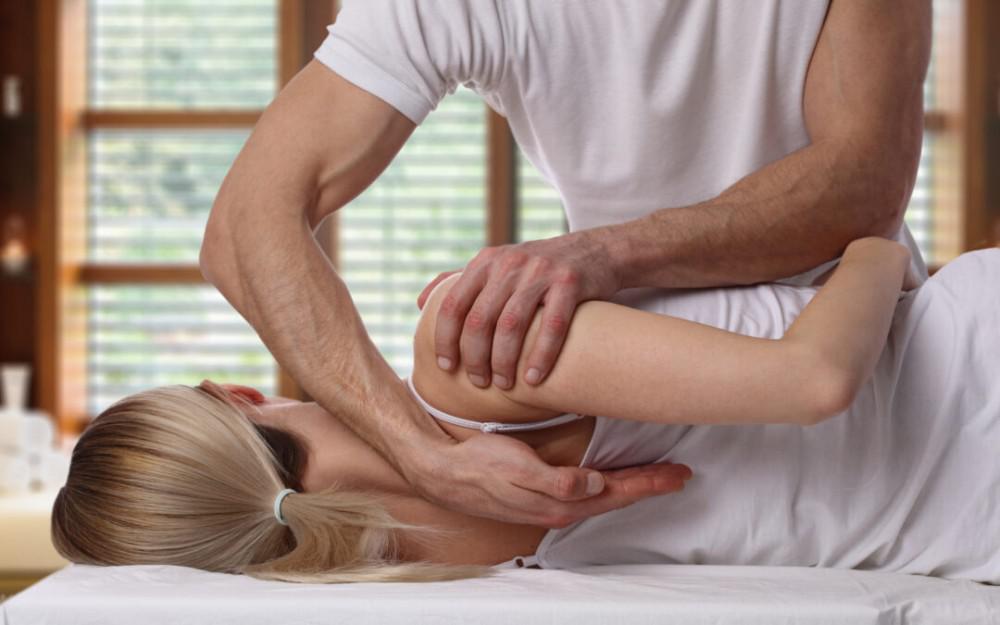Have you noticed any bluish-green veins around the inner surface of your knees, calves, or near your ankles? Do you experience a dull, gnawing pain in your lower legs? Well, you may be suffering from a vascular condition known as varicose veins.
Varicose veins can be treated by the vein specialist in Newberry through several conservative and surgical methods, depending on the severity of the condition.
A comprehensive guide to varicose veins
Varicose veins are medical conditions that exhibit bulging, twisted blue or green veins in your legs. The inner surface of your knees, calves, and ankles are the typical areas where varicose veins appear. These often occur due to venous insufficiency caused by the disruption of the one-way valve system of the veins. This inhibits the backflow of the blood from the legs to your heart, causing blood pooling. Abnormal accumulation of blood within the veins increases the pressure and stretches the vein walls.
Risk factors:
- Family history of varicose veins
- Age over 50 years
- Being a woman
- Obesity
- Prolonged standing or sitting
- Diabetes
- Smoking
- Pregnancy
Symptoms:
- Purple, green, or blue veins
- Bulging, Gnarled veins
- Rope-like or spider-web appearance
- Heaviness, and gnawing leg pain
- Swelling and tenderness
- Burning or itching sensation
- Muscle cramps
- Skin discoloration
- Painful, slow-healing ulcers
Diagnosing varicose veins
To diagnose varicose veins your vein specialist will:
- Review your symptoms
- Record your medical history to check for any family history, presence of debilitating diseases like diabetes, or blood disorders
- Perform a physical examination to check for visible veins, swelling, and skin changes
- Imaging tests like ultrasound scan to identify the diseased vein and evaluate the blood flow
Varicose vein treatment options
Your vein specialist may recommend any one of the following treatment options based on the severity:
Lifestyle changes
- A healthy diet
- Regular exercise
- Weight loss
- Leg elevation
- Hot and cold therapy
- Medications (NSAIDs)
- Physical therapy
Radiofrequency ablation
- This is a minimally invasive procedure that involves placing a small catheter (thin tube) into the damaged vein.
- Radiofrequency energy is delivered through the catheter to target the affected vein to seal it.
- Blood reroutes to healthy nearby veins in your legs to reduce discomfort.
VenaSeal
- This is a revolutionary procedure that uses a special adhesive tape to seal the veins to close them, allowing the blood to reroute to healthier veins.
Sclerotherapy
- This is a non-invasive method of injecting chemical solutions to shrink the veins that collapse and dissolve into the bloodstream over some time.
Takeaway
Though varicose veins are common, you can get rid of them with several minimally invasive procedures available. This not only enhances the appearance of your legs but also relieves you from the painful symptoms, thereby minimizing the risk of complications.




